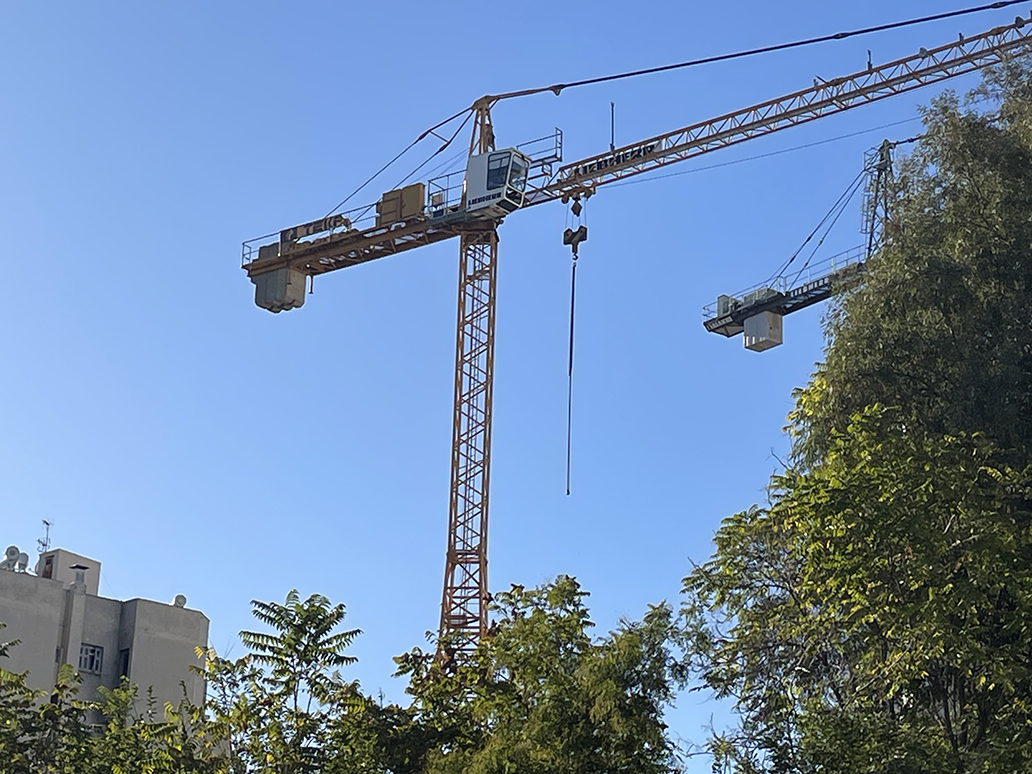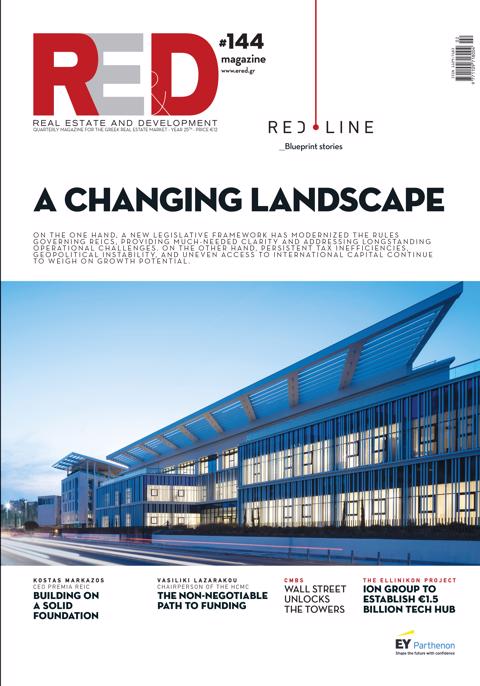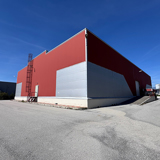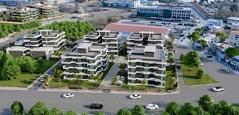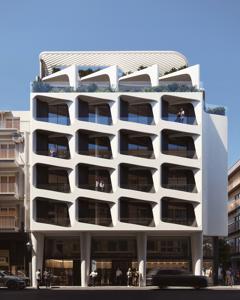According to IOBE, Greek construction activity has been in a phase of intense mobility in recent years, with the value of project output more than doubling between 2020 and 2024 and employment increasing to over 210,000 employees. The total value of infrastructure and housing projects is estimated to have reached 15.7 billion euros in 2024, while the sector’s contribution to growth and employment is once again decisive. However, this positive trend seems to be tested by the recent turmoil caused by the changes to the New Building Regulations (NBR) and the relevant decisions of the Council of State (CoS).
The cancellation of the building incentives provided for by the NBR led, as early as the beginning of 2025, to a sharp slowdown in private construction activity. IOBE data show that the number of new building permits decreased by 51% compared to the same period last year, while the total surface area of new homes fell by 49%. The uncertainty resulting from the cancellation of the regulations and the temporary suspension of the issuance of permits created a climate of caution among investors, designers and construction companies.
The optimistic scenario
In the first, optimistic scenario, it is estimated that the negative consequences will be real but limited in time and quantity. It is assumed that the impact will be limited to approximately 18% of the permits issued towards the end of 2024, i.e. to the homes directly affected by the canceled regulations. A decrease of approximately 20% in new housing permits issued is forecast for 2025, which will affect construction activity mainly in 2026.
Based on this scenario, the total production value of construction projects – both housing and infrastructure – will continue to increase, exceeding 18 billion euros by 2026, compared to 15.8 billion in 2024. Investment in construction is estimated to represent 7.5% of GDP, up from 6% two years earlier. In particular, the value of housing-related projects is expected to increase by around 12%, while the activities of architects and engineers could reach an annual output value of 4.3 billion euros in 2026, up from 3.7 billion in 2024.
The optimistic scenario is based on the assumption that the market will quickly adapt to the new institutional environment and that the revision of urban planning regulations will be clarified soon, allowing for the gradual restart of private projects. At the same time, public investments through the Recovery Fund and the NSRF programs will continue to boost overall construction activity.
The pessimistic scenario
In contrast, the pessimistic scenario of IOBE takes into account greater uncertainty around the impact of institutional changes and the possibility of a quick normalization of the market. It assumes that the decline in building permits for new homes will be deeper, reaching 40% in 2025, which will lead to a significant slowdown in related investments next year.
In this scenario, residential investment falls to 2.4% of GDP in 2026, compared to 2.8% in the optimistic scenario, while the total percentage of investment in construction is 7.2% of GDP. The production value in the housing sector is estimated to be lower by almost 13%, reaching 6 billion euros instead of 6.9 billion euros, while the total value of construction is limited to 17.96 billion euros. At the same time, the activity of architects and engineers is estimated to be 4.1 billion euros, showing a slight decline compared to the optimistic scenario.
The pessimistic scenario does not only reflect a statistical difference, but also highlights the risk of a structural slowdown in private construction. The uncertainty surrounding off-plan construction, delays in adapting the institutional framework and the potential impact on the costs of revising studies or cancelling projects can act as a deterrent for investors. Such a possibility would negatively affect not only construction, but also related sectors such as materials, engineering services and employment.
The critical challenge of adaptation
The reality will likely lie somewhere between the two scenarios, with the final outcome depending on how quickly the institutional framework is clarified and confidence in the market is restored. Rapid adaptation of urban planning regulations and timely information to the professionals involved can limit losses, maintaining the momentum that the sector has gained after a long period of stagnation.
IOBE underlines that beyond managing the immediate consequences of the changes, the Construction sector should proceed with deeper modernization: improving financing, strengthening human resources skills, accelerating digitalization and integrating sustainability practices (ESG). At the same time, training in a National Strategic Plan for Infrastructure and Construction could provide the necessary stable framework for the long-term development of the sector, ensuring the continuity of projects and the effective coordination of public and private investments.
In any case, the developments of 2025–2026 will determine the direction of Greek construction for the next decade. If the optimistic scenario prevails, the construction sector can be a lever for sustainable growth and employment. However, if the institutional ambiguities are prolonged, the sector risks losing the momentum it has struggled to regain.
